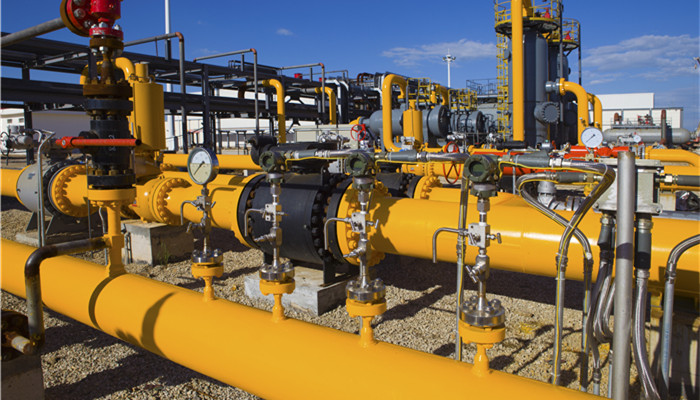
Green development policies drive demand for polyalphaolefin (PAO) lubricants
Poly-alpha olefin (PAO) lubricating oil is a lubricating oil processed from poly-alpha olefin (PAO) synthetic base oil. In recent years, the slowdown in macroeconomic growth has had a certain adverse impact on the production of downstream industries, thereby affecting the market demand for polyalphaolefin (PAO) lubricant products. However, overall, my country’s macroeconomic development trend is stable and positive, as well as the continuous advancement of national industrial structure adjustment, which has a good role in promoting the overall development of the polyalphaolefin (PAO) lubricant industry.
At present, green, environmentally friendly and low-carbon development has become an international trend. Polyalphaolefin (PAO) lubricants demonstrate advantages in the green development process with their excellent performance. On the one hand, polyalphaolefin (PAO) lubricants can play a certain role in energy conservation and environmental protection in industry and automobiles due to their many functions such as lubrication, friction reduction, cooling, and heat conduction. As the national environmental protection policy becomes stricter, automobiles, aerospace, wind power, etc. Power generation and other industries have increasingly higher requirements for lubricant quality, which will greatly increase the demand for polyalphaolefin (PAO) lubricants. On the other hand, the country vigorously promotes the concept of “reasonable lubrication” and advocates the selection of high-quality lubricant products to reduce various losses caused by improper lubrication and improve economic benefits. This also promotes the development of the polyalphaolefin (PAO) lubricant market.
According to the“China Polyalphaolefin (PAO) Lubricant Industry Market Monitoring and Future Development Prospects Research Report 2021-2025” released by the Industrial Research Center It shows that the development of polyalphaolefin (PAO) lubricants is affected by factors such as downstream users’ industrial technology (new engine design), environmental regulations (low emissions and fuel economy), and the market (long oil change intervals and low maintenance costs). Greater impact. As the country attaches increasing importance to energy conservation, emission reduction and environmental protection, relevant ministries and commissions have successively issued relevant regulations for the development of environmentally friendly fine chemicals for high value-added vehicles, motor vehicle emission standards, exhaust gas treatment and filling equipment, etc., which effectively Promoted the healthy development of the polyalphaolefin (PAO) lubricant industry.
Industrial researchers believe that currently, domestic polyalphaolefin (PAO) lubricant market competition participants can be divided into three categories: 1. They are multinational lubricant production companies, such as Mobil, Shell, etc.; the second are large state-owned petrochemical groups, mainly PetroChina, Sinopec, etc.; the third are private polyalphaolefin (PAO) lubricant production companies, with a large number of such companies and more complex operating mechanisms. Flexibility, such as Beijing Longrun Kaida Petrochemical Products Co., Ltd., has gained a certain market share by continuously improving product technology and improving product structure.

 微信扫一扫打赏
微信扫一扫打赏

